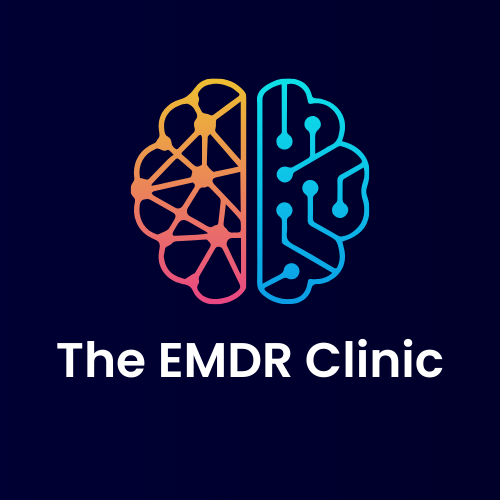“Goal-directed eye-movements, like working-memory tasks, deactivate the amygdala, the core neural substrate of fear learning”
~ Lycia D. de Voogd et. al, ‘Eye-Movement Intervention Enhances Extinction via Amygdala Deactivation’, 2018.
As we deepen our understanding of how a human brain works, and the specific functions of hormonal and biological processes, we’ve come to understand further how and why EMDR therapy is so effective. Whilst the brain has a natural plasticity, which solidifies when the pre-frontal cortex matures around age 24, EMDR helps to kick start the conditions required for brain plasticity - ultimately, changing your brain. And it isn’t quite what we think it is…
Studies show that when our system (so brain, mind and body) experience stress then the brain will adapt in order to navigate the stressful situation. It’s most eloquent explored in the work of Dr David Yeager, who has studied stress tolerance and growth mindset! By recalling a memory, event or negative belief about the self, we begin to fire up our system to work ‘as if’ we’re experiencing the ‘there and then’ now - and even prompt the amygdala to activate (the fire alarm system of the brain that alerts us to danger). This can be viewed as an intentional stressor. We then use bilateral eye movements to deactivate the amygdala, turning it off, letting it know that ‘here and now’ you’re OK and safe. This is extracted from the work of Dr. Kerry Ressler and Lycia D. de Voogd et. al who looked at how the brain can cultivate fear extinction.
This unlearning and relearning process forms a large part of the 8 phases of the EMDR protocol and ultimately your brain, mind and body has emotional relief and psychological distance from the distressing event, memory or negative belief. This allows ‘space’ for new beliefs to emerge that are more empowering and consequently, learn new ways of being in the world.
To explain EMDR through it’s theoretical concept and an analogy; trauma, memories or beliefs become stuck in our brain like a blocked train line (in this case, a neural pathway). When this memory/belief becomes less emotionally charged, it frees the blocked line and allows the train (memory, event or belief) to reach a satisfactory destination (healthy adaptation whereby it is less emotionally charged).
EMDR holds the core belief that when a person is given the right conditions, they’ll naturally heal. As an EMDR practitioner, it is my role to create and maintain those conditions so that
your brain, mind and body can heal themselves.
The most accepted theory of how EMDR works, is that we’re rewiring the parts of our brain that are associated with the memory or belief. What we do know is that, using the analogy of a blocked train line, is that any other events or thoughts feeding into the same blocked line can also be reprocessed as part of the process. Neuropsychology continues to be an expanding and exciting field of research!
“Changing the memories that form the way we see ourselves also changes the way we view others. Therefore, our relationships, job performance, what we are willing to do or are able to resist, all move in a positive direction.”
— Francine Shapiro - Researcher, Psychologist & creator of EMDR
Ready to take the next step?
If you've any questions about EMDR, or would like to get a feel of what it's like to work with me, then you can book a free initial video or phone consultation (15 minutes)

